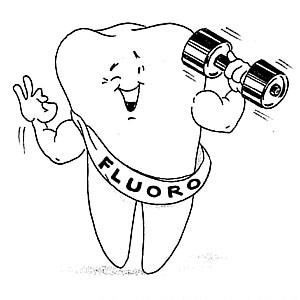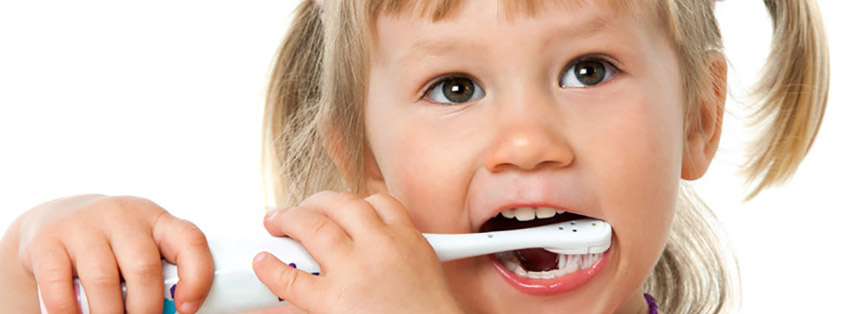When it comes to children’s health, one cannot avoid tackling one of the most controversial and debated issues of recent years, namely that of the administration of fluorine in childhood. The doubt that plagues every parent, in fact, is always the same: is it correct to make our children take it (mainly in tablets or drops)?
 Until a few years ago fluorine was also given in school, to encourage the creation of tooth enamel, but for some time this practice has been abandoned, since many experts not only believe that it does not help the formation of enamel in the age of the nursery school, but they are even convinced that it brings counterproductive effects on the health of the teeth of the little ones.
Until a few years ago fluorine was also given in school, to encourage the creation of tooth enamel, but for some time this practice has been abandoned, since many experts not only believe that it does not help the formation of enamel in the age of the nursery school, but they are even convinced that it brings counterproductive effects on the health of the teeth of the little ones.
As we have said, the opinions of the experts are still conflicting and no one can legitimize with certainty his position on fluoroprophylaxis (administration of fluorine).
This uncertainty is a beautiful cat to peel for parents, who cannot have homogeneous and definitive answers either from doctors or through their searches on the Web. Although conflicting with each other, however, all the testimonials are not necessarily a disadvantage but, on the contrary, allow everyone to inform themselves and consciously develop their own point of view.
Let’s try to shed some light on fluoride and the consequences that abuse or deficiency could cause.
Fluorine deficiency
Fluorine deficiency in early childhood significantly increases the risk of tooth decay. In fact, it is found mainly in water and vegetable foods and plays a fundamental role for bones and teeth, of which it protects the structure, both from a morphological and chemical point of view.
Fluoride abuse
The administration of additional doses of fluorine, compared to the correct diet, from the first months of the child’s age, risks causing dental fluorosis, a pathology that causes the enamel of the teeth to discolor.

This depends on the excessive exposure to fluoride in the first eight years, that is, those fundamental for the formation of permanent teeth; the fluoride reaches the teeth, thanks to the blood, and alters its structure, making them more fragile and vulnerable to external agents. Due to fluorosis, the teeth are likely to become discolored, with real spots visible even with the naked eye or, in severe cases, furrows and holes appear which tend, over time, to get worse.
When to start fluoroprophylaxis?
The best time to start giving fluoride to children is certainly during the formation of the enamel, that is when the tooth starts to form, even before its eruption; on the other hand, if it is administered immediately afterwards, its beneficial effects will be significantly lower. Therefore, mothers should start taking fluoride themselves during pregnancy, but only if their diet should not already be rich in fluoride, because in this case they would not need to take any measures.
Fluorine and oral hygiene
As we have seen, fluorine is essential during the formation of tooth enamel but it risks being the cause of fluorosis if not taken correctly and in the right period. For this reason, many parents, frightened by the hypothetical contraindications of a wrong therapy and not considering it indispensable, could decide to avoid giving it to their children, perhaps paying more attention to oral hygiene.
In this regard, the WHO (World Health Organization) said that supplementing with fluoride is indeed effective in fighting tooth decay, but it cannot absolutely ignore optimal oral hygiene from the first months of the child’s life.
Conclusion
Fluoride helps the correct formation of the teeth, if taken by mothers during pregnancy and, above all, if its concentration in drinking water is not high. If, on the other hand, oral hygiene is scrupulous, adequate nutrition and the concentration of fluorine in drinking water is already high, then fluoroprophylaxis becomes not only useless, but, in some cases, also harmful.
















